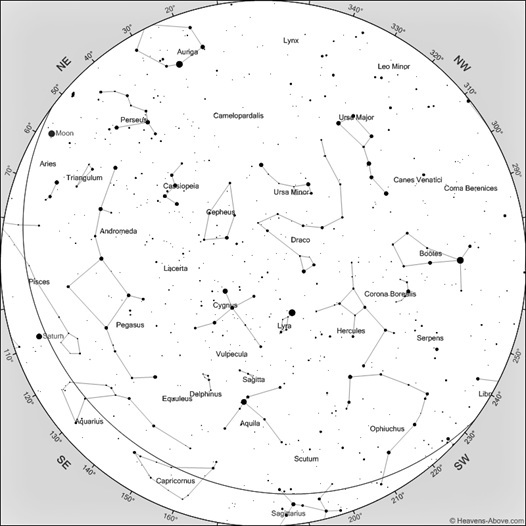The Sky at Night
Although August is a summer month and evenings remain quite bright, dark skies briefly return on the 11th August for about an hour. By the end of August we have five hours of darkness when we can again see the wonders of the heavens. There has been little to see in the sky during June and July except the occasional noctilucent cloud display, and, with the proper equipment, the changing face of the Sun where sunspots develop and fade away.
The Summer Triangle of stars Vega, Deneb and Altair are high in the sky, indeed almost overhead, by late evenings. With a bit of imagination you can see the Swan flying along the Milky Way, if you are fortunate to be observing from a dark enough location to allow you to see the wonderful arc of the millions of faint distant stars which form the rim of our galaxy. While the Plough is dropping down in the north-west, Pegasus, the Flying Horse, is rising higher towards the east. Look for the distinctive square of equally bright stars which form the body of the inverted horse, with a few stars forming the front leg and the rear leg leading into Andromeda. The neck and head of the horse arc downwards ending in a brighter star marking its nose. Towards the west, the handle of the Plough still points towards the very bright star Arcturus.
The Perseid meteor shower in August is one of the best of the year because of the number of meteors which might be seen, but also because the evenings and nights at this time of year are milder than those during most other meteor showers. There is nothing quite as pleasant as reclining in a garden chair and watching the sky for bright streaks of light as the tiny particles hit the upper atmosphere and burn up in a flash of light. Maximum this year is between 7 and 10pm on the 12th, but the sky will still be bright at the earlier hours, so the best time to watch will be as soon as the sky darkens for a few hours until the sky brightens again. Unfortunately the 19 day old Moon rises at about 9.45pm and will become more intrusive by about midnight. Look away from the rising Moon to the darkest part of your sky. On a moonless night there can be more than 80 meteors per hour at maximum, but we can expect to see fewer than that this year, although quite a number of Perseid meteors are startlingly bright. Meteor numbers are still quite high for a few nights before maximum, so it is worth having a look.
Sky Notes courtesy of Ken Kennedy of Dundee Astronomical Association
The Planets
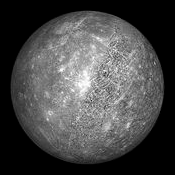
Mercury
It should be possible to see Mercury low towards east-north-east before sunrise from about the 14th until the last few days of August. The sky will start to brighten at about 4.30am making the planet more difficult to spot.
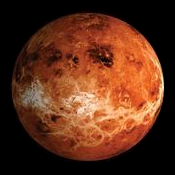
Venus
Venus will be in the same area of the sky at about the same time throughout August. It will be very much brighter than Mercury making it easy to see just eastwards of Mercury and at rather a higher elevation.
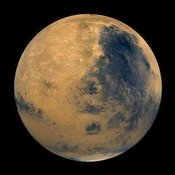
Mars
Mars remains in Virgo throughout August and sets in the west shortly after the Sun. It will not be visible at its very low elevation in the still bright sky.

Jupiter
Jupiter is also visible in the early morning sky and rises as the month goes by. During August, Jupiter and Venus approach one another and are closest, at less than one degree apart, on the 12th of the month after which Jupiter rises higher as Venus drops towards the Sun.
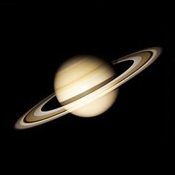
Saturn
Saturn rises in the east at 10pm and will be in Pisces. The best time to see the planet will be when it is due south at an elevation of about 30 degrees at 3.30am.
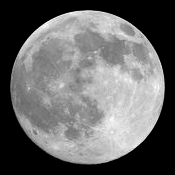
The Moon
The Moon is at first quarter on the 1st, full on the 9th, at last quarter on the 16th, new on the 23rd and again at first quarter on the 31st August.

